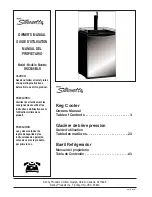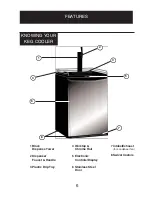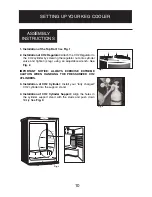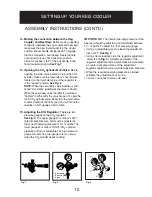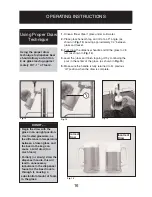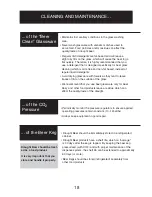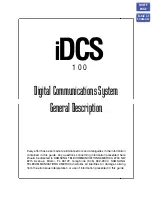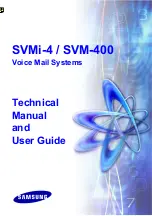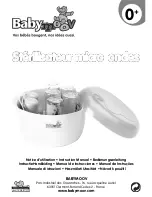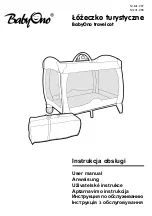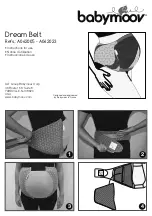
IMPORTANT SAFETY INFORMATION
WARNING CO
2
CAN BE
DANGEROUS!
READ ALL SAFETY INFORMATION BEFORE USING
GROUNDING
INSTRUCTIONS
•
This appliance must be grounded. In the event of a
malfunction or breakdown, grounding will reduce the risk
of electric shock by providing a path of least resistance
for electric current.
•
This appliance is equipped with a power cord having an
equipment grounding conductor and grounding plug. The
plug must be plugged into an appropriate wall outlet that
is installed and grounded in accordance with all existing
local codes and ordinances.
•
Consult a qualified electrician or serviceman if the
grounding instructions are not clearly understood, or if
doubt exist as to whether your electrical wall outlets are
properly grounded.
FOR YOUR
SAFETY...
Pertaining to the risk
of Fire, Electric Shock
or Injury to Persons.
1.
Always connect a CO2
gas cylinder to a regula-
tor. Failure to do so could
result in an explosion
which can possibly result
in death or injury when the
cylinder valve is opened.
2.
Never connect a C02 gas
cylinder directly to beer
keg.
3.
Always secure a C02 gas
cylinder in an "upright"
position.
4.
Always keep a CO2 gas
cylinder away from heat.
5.
Never drop or throw a
CO2 gas cylinder.
6.
Always check the D.O.T.
(Department of Transport)
test date located on the
neck of the cylinder before
installation. If over five (5)
years, do not use, return
the gas cylinder to gas
supplier.
CO
2
Cylinders when
charged contain high
pressure compressed gas
which can be hazardous if
not handled properly. Read
and understand the
following procedures for
CO
2
cylinders before
installation;
If it becomes difficult to
breathe and/or your head
starts to ache, abnormal con-
centrations of carbon dioxide
(CO
2
) may be present in the
area....
CLOSE THE MAIN VALVE ON
THE CO2 CYLINDER,
VENTILATE AND LEAVE THE
ROOM IMMEDIATELY!
7.
Never connect a product
container unless there
are two (2) safety
mechanism's in the
pressure system;
(a) One at or on the CO2
regulator.
(b) One at or on the
product container coupler
in the pressure gas line.
NOTE:
The regulator and keg
coupler supplied with this unit
are inclusive of such safety
mechanisms.
8.
CO2 gas cylinders should
be stored in the coolest
part of the establishment
(preferably) at 70ºF (21ºC)
and must always be
securely fastened in an
"upright" position.
9.
Always ventilate area after
any leakage of CO2.
WARNING
4
Problema Posible Causa Qué Hacer
Mucha espuma.
Sin gas, no se
forma espuma.
No sale cerveza del
surtidor
Si recién se ha transportado el barril, debe dejarlo
reposar por un mínimo de dos (2) horas antes de
conectarlo.
Verifique que la "BAJA" presión (CO
2
) esté entre 10 y
12 psi.
Verifique que el refrigerador de barril esté trabajando
entre 36 y 40º F (2 y 4º C). Si el refrigerador de barril
se expuso a altas temperaturas por mucho tiempo,
déle suficiente tiempo para enfriarse antes de intentar
usarlo.
Active la válvula de liberación de presión ubicada en el
acople del baril por 3 segundos.
Ver "Técnica correcta para servir" en la página 56.
Verifique que la "BAJA" presión CO
2
esté entre 10 y 12
psi.
Los residuos de aceite en el vaso disolverán
rápidamente la formación de espuma. (Vea "Vasos
Aptos para Cerveza" en la página 58)
Todas las temperaturas y ajustes de presión
recomendados están calculados para una manguera
del surtidor de cinco (5) pies de largo.
Verifique que el medidor de "ALTA" presión no indique
0 psi. Rellénelo si es necesario.
Verifique que ambas llaves, la de CO
2
y la del
regulador estén abiertas.
Verifique que el medidor de “ALTA” presión no indique
0 psi. Rellénelo si es necesario.
Reemplace el barril de cerveza
Verifique que no hayan torceduras u obstrucciones en
la manguera de aire (roja) o la del surtidor
(transparente) y que ninguna esté congelada.
Verifique que todas las conexiones estén ajustadas y
todos los sellos en su lugar y en buenas condiciones.
ANTES DE LLAMAR POR ASISTENCIA
DIAGNÓSTICO DE PROBLEMAS
59
Barril recientemente
agitado
Regulador ajustado
incorrectamente
Temperatura interna del
refrigerador de barril (o
barril de cerveza)
demasiada alta.
Acumulación de presión
Técnica para servir
incorrecta
Regulador ajustado
incorrectamente
El vaso no es "Apto para
Cerveza"
Manguera del surtidor
muy larga.
Cilindro de CO
2
bajo/vacío
Válvula del CO
2
cerrada
y/o válvula de paso.
Cilindro de CO
2
vacío
Barril de cerveza vacío
Manguera o surtidor
obstruido
Conexiones incorrectas

